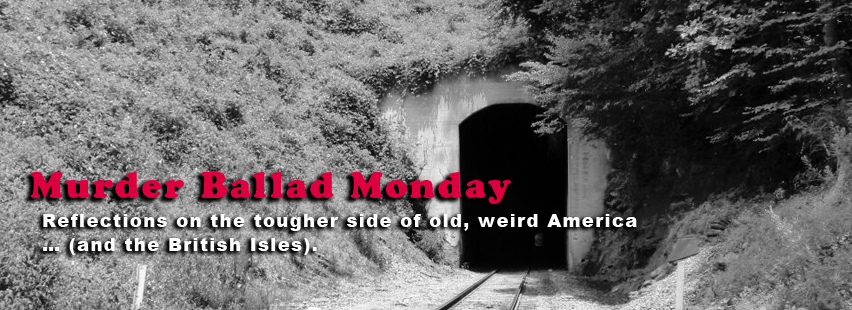“Still Growing” / “The Trees They Do Grow High”

Roman mosaic, excavated at the Convent of San Gregorio – Greek inscription reads “Know thyself” – National Museum, Rome
Introduction – “Still Growing”
Today’s featured song fits clearly, if not neatly, into our wheelhouse here at MBM. It is not precisely a murder ballad. Neither is it exactly what we call a ‘conversation with death.’ It is, like many of the ballads we cover, old and rather widely dispersed in the Anglophone world. It intersects with a number of themes we see repeatedly in the songs we consider as well. Most importantly to our mission though, untimely death is the crux of this song’s narrative. “Still Growing” and “The Trees They Do Grow High” are only two titles of many in the song group. The tone varies in each example, from tragedy to near comedy; but the place death holds is essentially the same in nearly all.
A lord arranges for his daughter to marry another lord’s son, but the boy is much too young for her. She protests, but defers to her father. He arranges for the boy to go off to school, and wear a ribbon to show his status as betrothed. Over the next couple of years she impatiently watches him grow older, stronger, and more handsome. They marry and have a son, but the young husband dies soon after. In most versions, no explanation is given for his passing.
We could easily get lost in historical detail with this one. Though I must touch on it, that’s not my ultimate target. Rather, today I want briefly to sample the variety of presentation we find in the ballad. It never ceases to impress me that a ballad’s narrative can remain more or less static over centuries while its delivery can grow in wildly different directions. Of course, for me it’s the way death rings in the narrative that resonates most deeply. It is, I think, one important reason that this song persists.
“I’ve married you to a rich lord’s son…”
On that most important point, let’s start with our first example before we get into the nuts and bolts. Though we’ll see below that this song is well-represented in the Folk Revival, this is the first example I ever heard. Unlike more well-known versions, it leans towards the funny side in an off way. I discovered it in a collection called Song Links 2, a 2005 recording from Fellside Records that pairs British and American versions of old ballads. As usual, Tim Eriksen’s singing and playing strike me. It is an American variant collected in Connecticut in 1949 by Helen Hartness Flanders from a man with roots in Vermont.
“Oh father, dearest father, you’ve done to me great wrong
You have married me to a man that’s much too young
For I’m twice twelve and he is scarcely thirteen
He is young, though he’s daily a-growing”“Oh daughter, dearest daughter, I’ve done to you no wrong
I’ve married you to a rich lord’s son
A rich man’s son, a bride you ought to be
Though he is young, he’s daily a-growing”“Oh father, dearest father, if you think it best
We’ll send him to school for a year or two years
We’ll tie a blue ribbon round about his hat
Just to let the girls know that he is married”She made him a shirt of linen so fine
She whipped it all over with her own two hands
And every stitch that she did put on
“Oh my beany boy’s a long time a-growing”And as she was a-passing her father’s castle wall
Twas there she saw the school boys throwing up the ball
She noticed that her beany was the flower of them all
He was young, but he was daily a-growingAt the age of fourteen, he was a married man
At the age of fifteen, his eldest son was born
At the age of sixteen, his grave was growing green
And that put an end to his growing
“We’ll tie a blue ribbon round about his hat…”
Now let’s get through that historical background. The Roud Folksong Index catalogs this song group as #31, currently showing over 300 citations. Malcolm Laws cataloged it as his ballad O35 in his American Balladry from British Broadsides. Indeed, many 19th century broadsides of this ballad are available online.
The earliest full version in print is not a broadside, however. It comes in 1792 from Robert Burns, contributed to the Scots Musical Museum as “Lady Mary Ann.” It is similar to fragmentary lines found in David Herd’s manuscript ca. 1776. Given that Herd’s fragment seems not to have been published in his lifetime, local folk songs discovered by Burns in his travels probably provided his inspiration.
Whatever his source, Burns’s revision persisted. Lizzie Higgins recorded a rather upbeat version in 1975 that fairly closely follows his lyrics.

